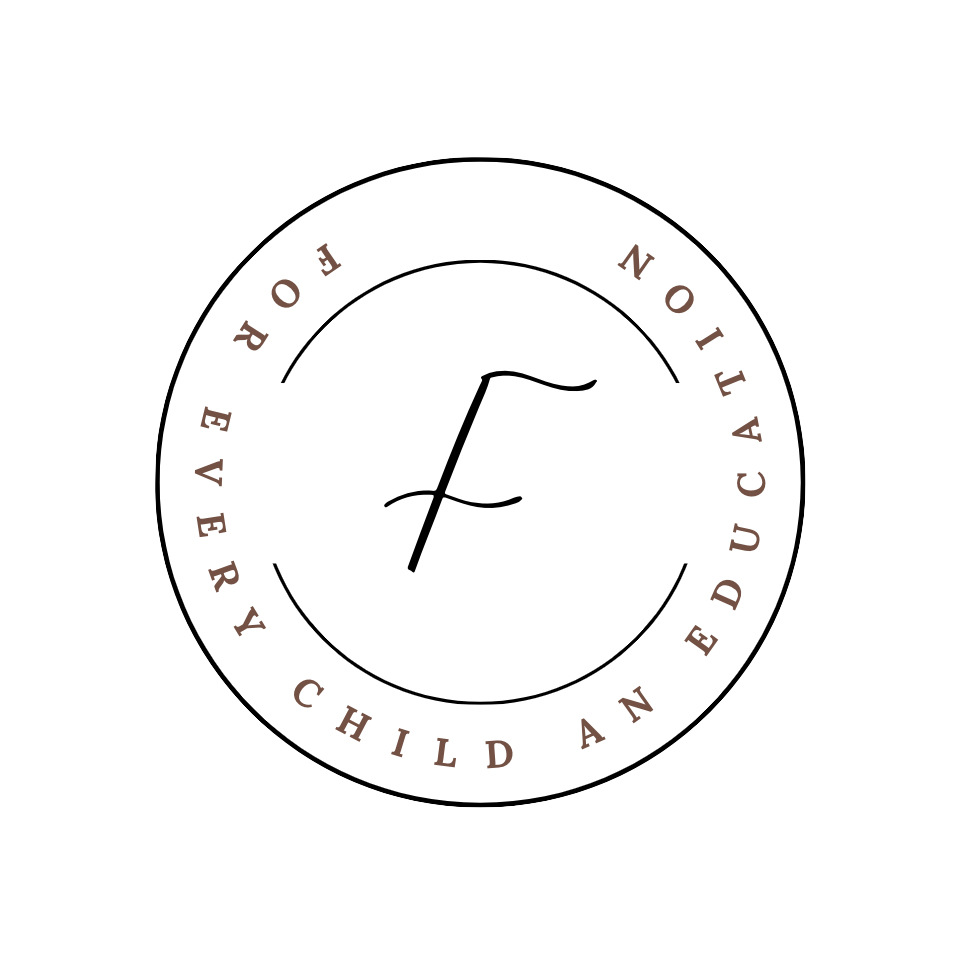In a world where instruction is regularly seen as the reference point of trust, the exceptional framework planned to illuminate and enable us can now and then cast a dull shadow. It’s a cruel reality we must go up against – the instruction framework, in numerous places, has been polluted by debasement. In this web journal, we’ll dig into the different aspects of this issue and shed light on why it’s a cause for concern.
1. Unequal Opportunities
One dazzling sign of debasement in instruction is the unequal dissemination of assets and openings. Wealthier regions regularly get way better subsidizing for schools, whereas underprivileged communities battle to supply indeed the foremost fundamental assets for their understudies. This dissimilarity propagates a cycle of disparity, constraining from getting quality instruction for numerous.
2. Standardized Testing Pressures
Standardized testing, once expected to assess understudies decently, has turned into a weight cooker for both understudies and instructors. The accentuation on test scores can lead to unscrupulous hones such as cheating and instructing to the test, instead of advancing veritable learning and basic considering.
3. Nepotism and Favoritism
Inside the instruction framework, favoritism can lead to the enlisting and advancement of people based on associations instead of justification. This hone not as it were undermines the quality of instruction but also disintegrates belief within the framework.
4. The Profit Motive
The commercialization of instruction is another disturbing issue. Private education, driven by benefit thought processes, may compromise the quality of instruction to maximize their picks. This may result in subpar education and swelled educational cost expenses that burden understudies and their families.
5. Skewed Educational module
Some argue that the educational modules themselves can be affected by political and financial interface. This could lead to one-sided or inadequate instruction that falls flat to prepare understudies for the complexities of the real world.
6. Lack of Responsibility
One of the foremost noteworthy issues is the need for responsibility in the instruction framework. When debasement happens, there may not be satisfactory checks and equalization input to identify and address it. This permits debasement to continue unchecked.
7. Teacher Misuse
Instructors, the spine of instruction, are not resistant to corruption’s impacts. Low compensation, insufficient support, and over-the-top workloads can lead to educator burnout and decrease the quality of instruction.
Conclusion
Our instruction framework is in fact confronting an emergency of debasement. To address this, we must collectively advocate for straightforwardness, value, and responsibility. By shedding light on these issues and requesting alterations, we are able to work towards a brighter, more impartial future for instruction. As it were through recognizing the shadows can we start to scatter them and reestablish the genuine reason of instruction – to enable and edify eras to come.
